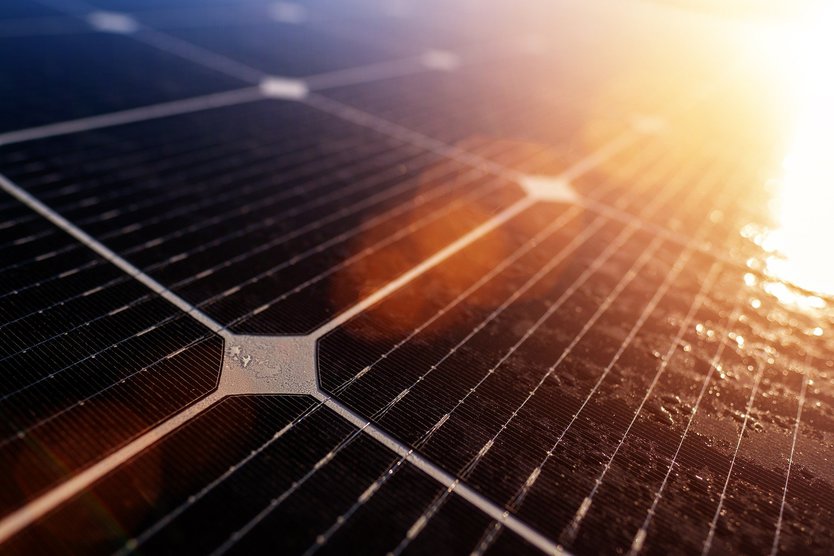
The 15 metre long Solar street has delivered a daily electricity yield of 8 to 18 kilowatt hours kWh since its installation in May 2019.
The site of a former coal mine in Gelsenkirchen, in north Germany’s industrial Ruhr area, has provided a test location for one of Europe’s first “Smart Solar Streets”. In an innovative new solution, which could turn roads into power generators, photovoltaic cell technology is integrated with a stable and non-slippery glass surface that can be glued onto flat surfaces. The 15 metre length of road has delivered a daily electricity yield of 8 to 18 kilowatt hours (kWh) since its installation in May 2019.
The solar road test strip, which was installed in a 40 square metre former parking lot, was manufactured by the Berlin start-up Solmove GmbH. A 10 kWh power storage unit stores the electricity and supplies the gatehouse of the old mine, which has been converted into office buildings, as well as a charging station for e-vehicles and e-bikes on the site. The manufacturer also points out that the solar surfaces could be adapted to carry out the intelligent functions needed for smart motorways.
The Smart Solar Street project was funded by the federal programme “National Urban Development Projects”, supported by the Federal German Ministry of Transport and the German Association of Cities, amongst others. The choice of location is also symbolic as the 82-acre former fossil fuel extraction factory has been developed into a forward-looking, climate-friendly quarter, which is co-owned by the cities of Herten and Gelsenkirchen together with RAG Montan Immobilien, as part of a regional regeneration project Energielabor Ruhr.
In an interview with SolarServer, Bernd Lohse, the managing director of the new quarter “Neue Zeche Westerholt” comments: "This rather short piece of solar road convinces us with the power it delivers… If this model project provides an impulse for implementation on a large scale, we would have enormous potential to further reduce CO2 emissions and literally make environmentally friendly energy production 'tangible'.”


